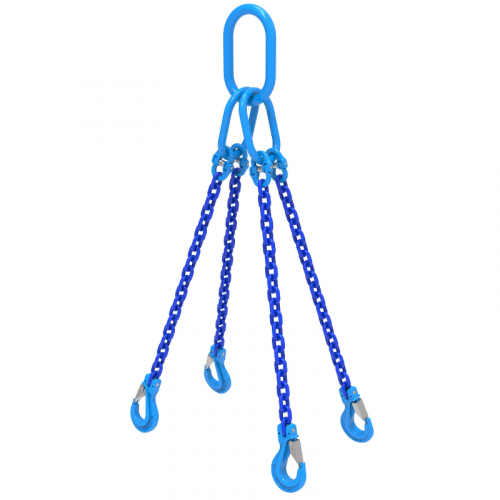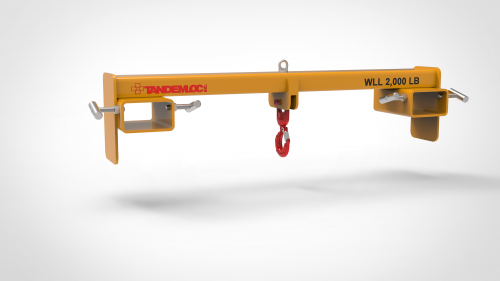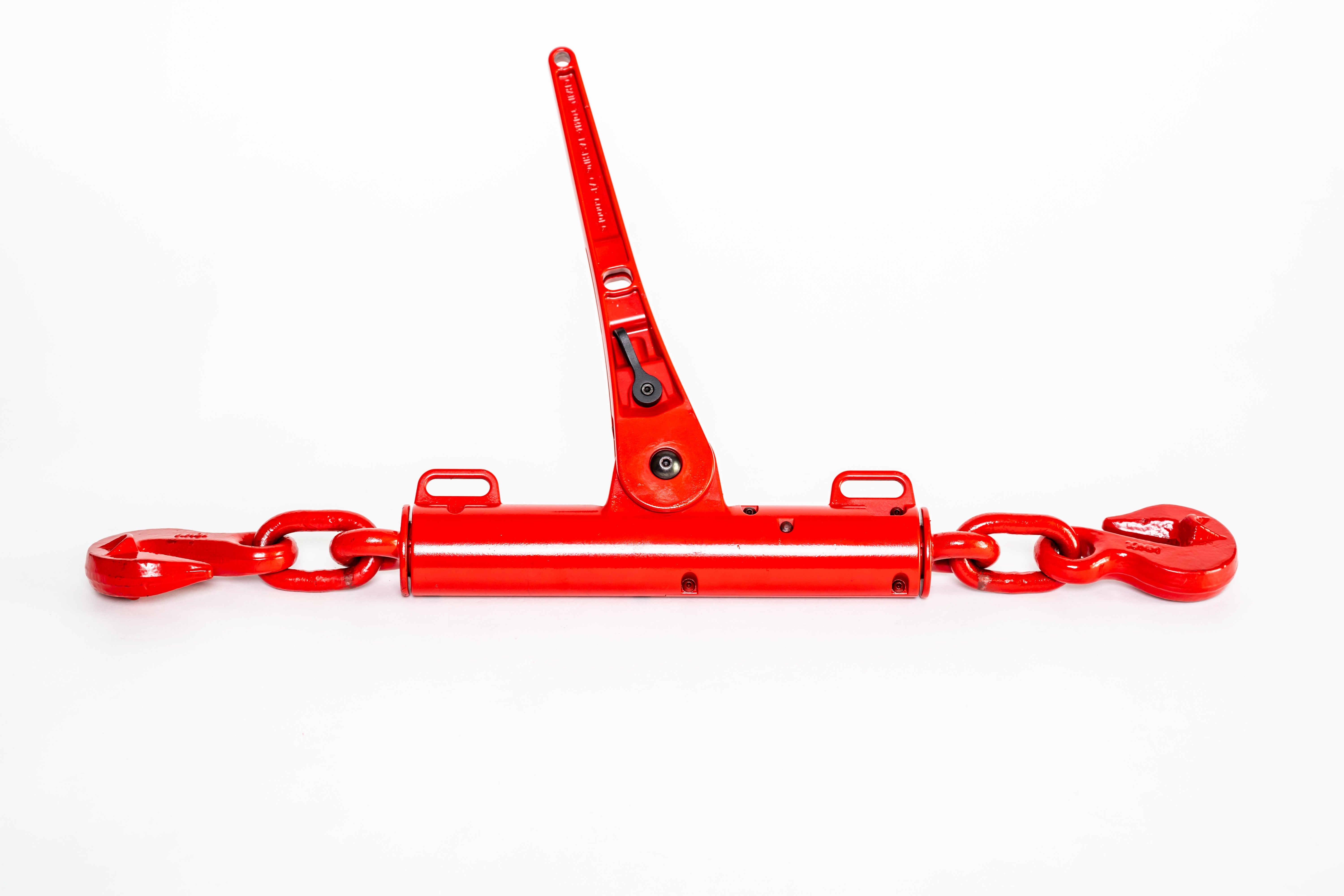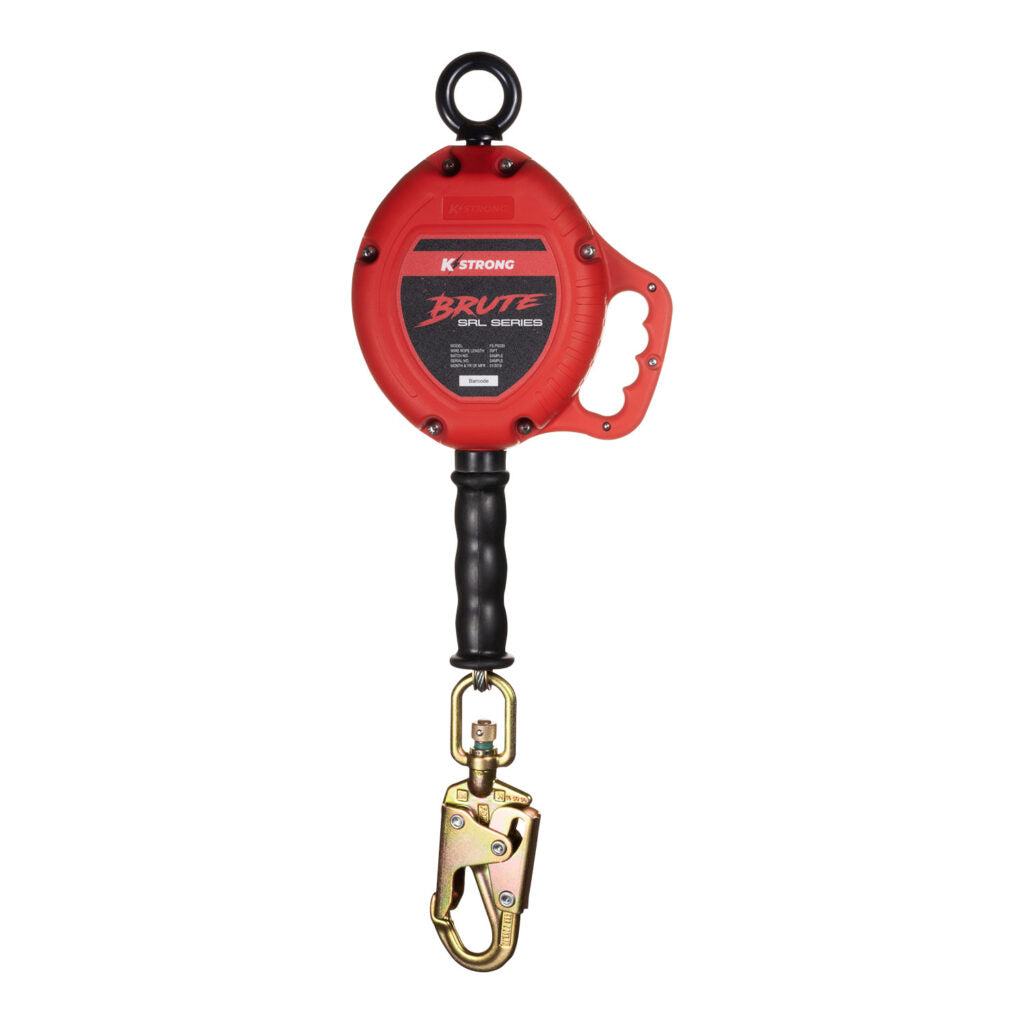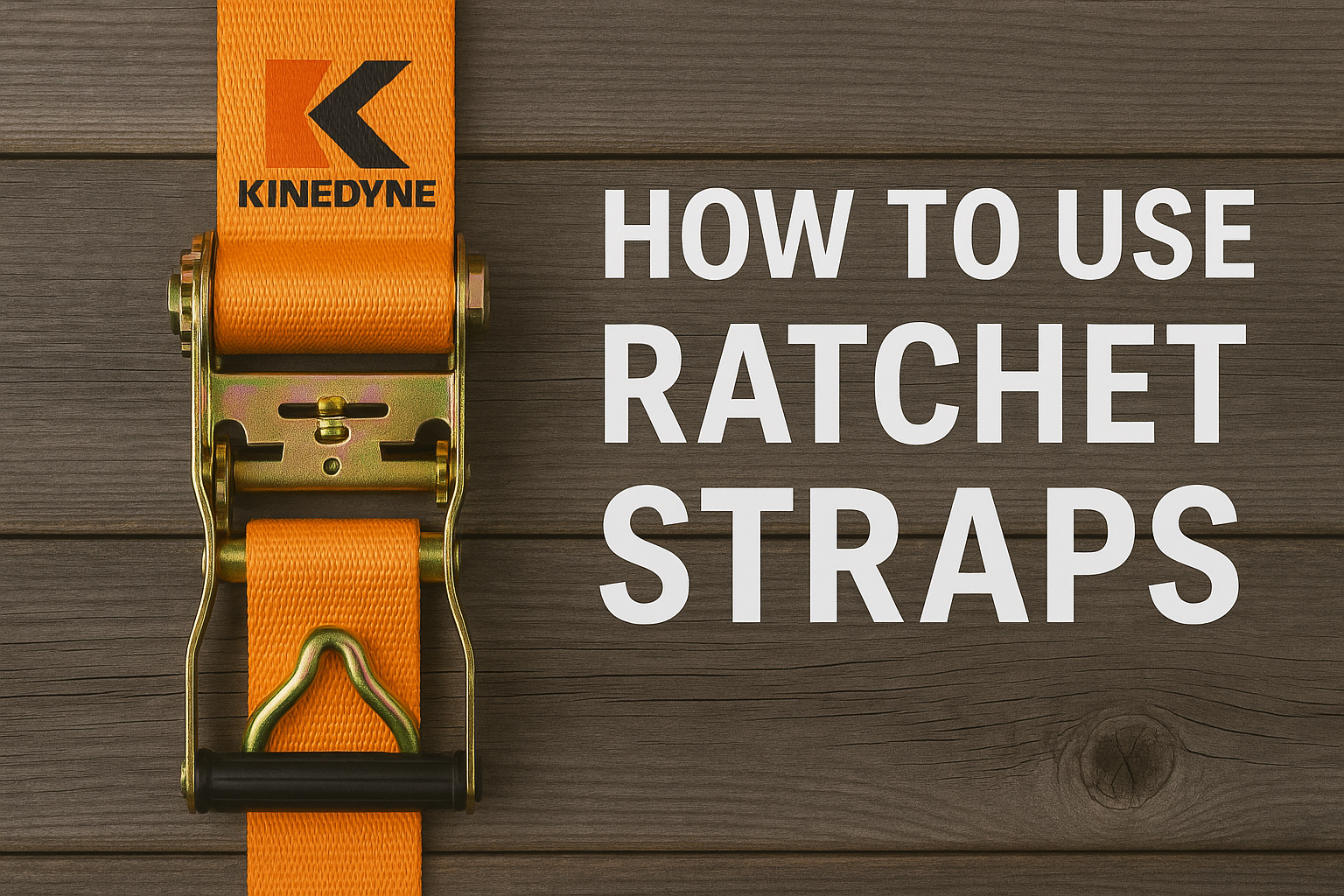1. Introduction: What Are Tie Down Straps and Why Proper Use Matters
Tie down straps are essential cargo securing tools that prevent load shifting during transportation. These polyester webbing devices with ratchet mechanisms help secure everything from furniture in truck beds to heavy equipment on trailers. Ratchet straps can support many different weights and cargo sizes when used correctly. In this comprehensive guide, you’ll learn the proper step by step process for using ratchet straps, safety requirements, and critical techniques that prevent cargo damage.
This guide covers strap components, threading procedures, tightening methods, and common mistakes that compromise load security. Whether you’re moving household items or operating commercial vehicles, understanding proper tie down strap use protects your cargo and ensures DOT compliance.
Immediate confirmation: This article addresses users seeking practical, safety-focused instructions for ratchet strap operation and cargo securement best practices.
2. Understanding Tie Down Straps: Key Components and Definitions
2.1 Core Components
Ratchet straps consist of several critical parts working together to secure cargo:
- Ratchet mechanism: The metal device that creates tension through a toothed wheel system
- Polyester webbing: The fabric strap portion, typically 1-4 inches wide
- Mandrel: The axle inside the ratchet where webbing threads through
- Release catch: The lever that unlocks the ratchet for loosening
- End fittings: Hardware like s hooks, flat hooks, or wire hooks for attachment
- Loose end: The free portion of webbing used for threading and adjustment
Ratchet straps come in a wide variety of sizes and end fittings to secure many different sized loads.
2.2 Essential Terminology
- Working load limit (WLL): Maximum safe securing force, typically one-third of break strength
- Break strength: Ultimate force before strap failure occurs
- Anchor points: Secure attachment locations on vehicles or trailers
- Mandrel slot: Opening where webbing feeds through the ratchet mechanism
3. Why Proper Tie Down Strap Use is Critical for Transportation
Correct ratchet strap application provides multiple safety and compliance benefits:
Safety Impact: According to FMCSA data, proper cargo securement reduces shifting-related accidents by 65%. Unsecured loads cause over 25,000 crashes annually in North America.
Legal Compliance: DOT regulations require working load limits equal to at least 50% of cargo weight. Commercial violations result in fines up to $16,000 and vehicle shutdown orders.
Economic Protection: Properly secured cargo prevents damage claims averaging $15,000 per incident in commercial transportation. Insurance companies often reduce premiums for carriers demonstrating proper securement protocols.
4. Load Capacity and Safety Specifications
|
Strap Width |
Working Load Limit |
Break Strength |
Best Applications |
|---|---|---|---|
|
1-inch |
500-1,500 lbs |
1,500-4,500 lbs |
Light cargo, motorcycles |
|
2-inch |
3,333-5,400 lbs |
10,000-16,200 lbs |
General freight, truck beds |
|
3-inch |
5,000-8,000 lbs |
15,000-24,000 lbs |
Heavy equipment, trailers |
|
4-inch |
5,400-10,000 lbs |
16,200-30,000 lbs |
Industrial transport |
DOT Requirement: Use straps with combined WLL exceeding 50% of total cargo weight for forward restraint, 20% each for side and rear forces.
5. Step-by-Step Guide to Using Ratchet Straps
Step 1: Inspection and Preparation
Before securing any load:
- Inspect polyester webbing for cuts, fraying, burns, or chemical damage. Do not use ratchet straps that show fraying, tears, cuts, or defective hardware.
- Check ratchet mechanism operation by opening and closing release catch
- Verify end fittings are secure and undamaged (no bent hooks or worn attachment points)
- Calculate strap requirements based on cargo weight and DOT regulations
- Identify anchor points on truck bed, trailer, or transport vehicle
Step 2: Threading the Ratchet Strap
Critical threading procedure:
- Open ratchet completely by pulling release catch with wheels facing upwards
- Thread loose end through mandrel slot from bottom to top. To use ratchet straps, first thread the strap through the mandrel and then crank the ratchet to tighten it.
- Pull webbing back through the slot between release catch and mandrel
- Position strap over cargo with ratchet in accessible location
- Attach hooks securely to designated anchor points on both sides
Pro Tip: Ensure webbing lies flat without twists, which reduce strength by up to 50%.
Step 3: Tightening and Securing
Proper ratcheting technique:
- Remove initial slack by pulling loose end of webbing manually
- Crank ratchet handle back and forth in short, controlled motions
- Tighten progressively until strap becomes taut against cargo. After tightening the strap, it should feel taut and secure around your cargo.
- Test tension using finger-width gap test (minimal deflection under pressure)
- Lock ratchet by folding handle down until it clicks into closed position
- Secure excess webbing to prevent damage and transportation hazards
Important: Avoid overtightening, which damages cargo and reduces strap lifespan.
6. Common Mistakes to Avoid
Mistake 1: Excessive Tightening Overtightening ratchet straps crushes cargo and stresses webbing beyond safe limits. Use firm tension without crushing items.
Mistake 2: Threading Errors Incorrect webbing path through mandrel causes slippage. Always thread from bottom up through the slot.
Mistake 3: Ignoring Damage Using worn or damaged straps leads to catastrophic failure. Replace any strap showing wear immediately. Any damage to a strap means it should be discarded for safety and efficacy.
Pro Tip: Follow the “one-third rule” - working load limit should never exceed one-third of break strength for safety margin.
7. Real-Life Transportation Case Study
Challenge: Regional freight company experienced 12 cargo shifting incidents in six months, resulting in $75,000 damage claims and DOT violations.
Solution Implementation:
- Employee training on proper ratchet strap threading and tightening procedures
- Equipment upgrade to appropriate working load limit straps for cargo types
- Inspection protocols requiring pre-trip and mid-route securement checks
- Documentation system tracking strap usage and replacement schedules. Lock the ratchet in the closed position for storage to ensure safety.
Results After 12 Months:
- Zero cargo shifting incidents
- $50,000 reduction in damage claims
- 95% improvement in DOT inspection scores
- 30% decrease in strap replacement costs through proper usage
|
Metric |
Before |
After |
Improvement |
|---|---|---|---|
|
Monthly Incidents |
2.0 |
0.0 |
100% |
|
Damage Claims |
$12,500 |
$0 |
100% |
|
DOT Violations |
8 |
1 |
87.5% |
8. FAQs About Tie Down Strap Usage
Q1: How many ratchet straps do I need for my cargo? A1: DOT requires minimum 4 tie down straps for loads over 5 feet, plus one additional strap per 10 feet of cargo length. Calculate based on working load limit requirements.
Q2: How do I release a stuck ratchet mechanism? A2: Press release catch firmly while opening lever completely to horizontal position, then pull the loose end to create slack in the system.
Q3: Can I use regular ratchet straps for motorcycle transport? A3: Yes, but use soft loops to protect painted surfaces and attach to frame points, never to plastic fairings or accessories.
Q4: How often should I replace my tie down straps? A4: Replace immediately if damaged, or every 2-3 years with regular commercial use. Inspect before each application for wear indicators.
Q5: What’s the difference between working load limit and break strength? A5: Working load limit is the safe operating capacity (typically one-third of break strength), while break strength is the force causing strap failure.
9. Conclusion: Key Takeaways for Safe Cargo Securing
Essential principles for proper ratchet strap use:
- Always inspect straps before each application and follow working load limit requirements for your cargo weight
- Thread correctly through the mandrel slot to prevent slippage and ensure maximum holding power
- Tighten appropriately using progressive ratcheting without excessive force that damages cargo or equipment
- Secure anchor points must support the applied forces and meet DOT specifications for commercial transport
- Regular maintenance and proper storage extend strap lifespan while ensuring continued load security. Always store ratchet straps in a dry place to maximize their lifespan.
Next Action Step: Practice these techniques with light loads first, then gradually apply to heavier cargo. Consider professional training for commercial transportation applications requiring DOT compliance.
Proper tie down strap use protects your cargo, ensures legal compliance, and prevents costly accidents during transport. Master these fundamentals to secure any load safely and effectively.


